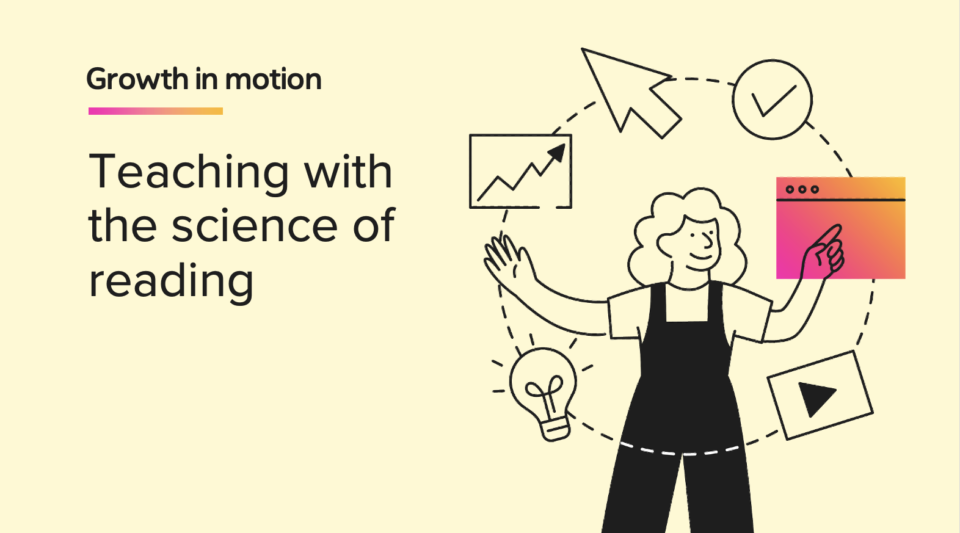
I want to start by making one thing clear: the science of reading isn’t static. It’s a living, evolving body of research—and aligning instruction to that science means making sure our classrooms, tools, and policies evolve too. This is especially important when we think about narrowing both the opportunity and achievement gaps in literacy.
So what does that alignment actually require?
Here are five key principles that policymakers, district leaders, and educators should keep in mind to help drive stronger, more equitable literacy outcomes.
- Instruction should align with research, not tradition. Instructional materials and strategies should reflect the latest evidence of what is effective in helping students progress academically—not legacy approaches that haven’t kept pace with the science of reading. This includes evolving away from discredited practices like three-cueing and embracing systematic, explicit instruction rooted in the structured literacy approach. Just yesterday, I talked to my mom, a retired reading educator, about why we should not ask my emergent reader niece to use the picture to determine the meaning of a word. We want her to get in the practice of decoding early.
- Structured literacy is for every learner, not just some. A structured literacy approach with instruction that is systematic, explicit, and responsive benefits all learners—including multilingual learners, students with dense dialects, and students with disabilities, among others—when applied responsively. When teachers are equipped to deliver foundational skills alongside comprehension and knowledge-building, every learner can make meaningful progress.
When teachers are equipped to deliver foundational skills alongside comprehension and knowledge-building, every learner can make meaningful progress.
3. Knowledge building is essential. After grade three, students will be exposed to a wide body of texts that become increasingly complex and discipline-specific. Reading a science lab report requires different strategies than analyzing a novel or interpreting a historical document. That’s why disciplinary literacy and knowledge building is essential, even in the younger grades. Students need support to develop the skills to read and write like scientists, historians, and mathematicians. And that means teachers in all content areas need high-quality instructional materials and professional learning, too, so their students can read the texts in their disciplines.
4. Writing is a literacy equalizer. Writing isn’t just the “other” half of literacy, it helps students make meaning. It reinforces comprehension, deepens critical thinking, and gives students the power to express and refine their ideas and voice. Students learn to write by being explicitly taught just like reading. Students deserve access to high-quality instruction around writing in all forms, from short responses to longer texts that require sustained time, attention, and revision.
5. Multilingual learners deserve instruction that honors their strengths. Multilingual learners bring incredible linguistic and cultural assets into the classroom. Their success depends on instruction that builds on those assets, including: oral language development, background knowledge, structured support, and opportunities to engage in rigorous academic content. These learners deserve access to the same high-quality foundational skill instruction as their peers, and alongside meaningful supports that help them succeed.
Successfully applying research to real classrooms depends on our ability to translate what we know works to develop strong readers and writers into principles to guide that crucial work. When we have guardrails and guidelines anchoring our approach, we are better equipped to work together, all in service of the same goal: helping every student reach their optimal potential.
The alignment of research, policy, and instruction drives literacy outcomes – and when we get it right, we set up classrooms where all students can succeed.
***
For more articles on trends in education from experts, subscribe to HMH's LinkedIn newsletter, Policy in Motion.
Get our free guide to differentiated instruction.














